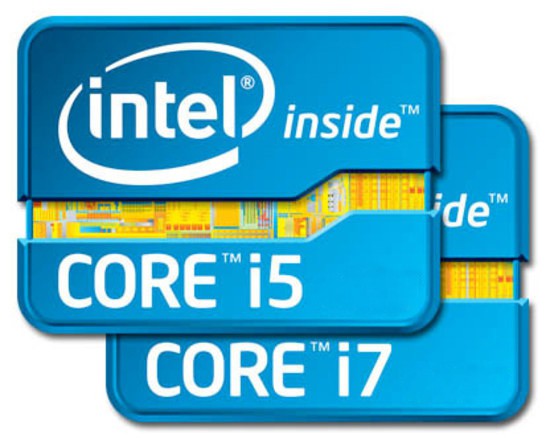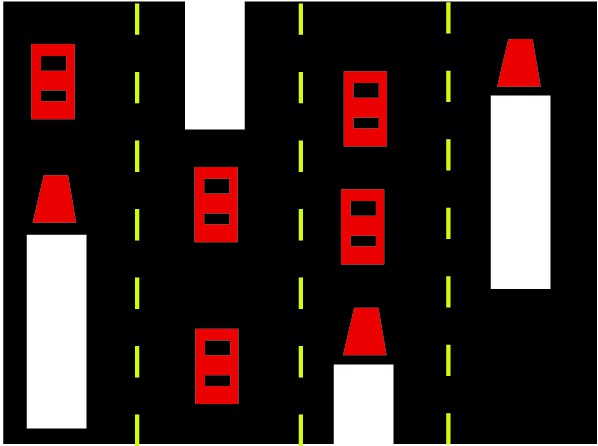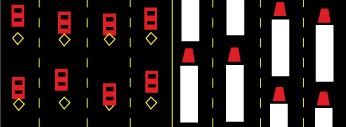
What is the difference between Intel's i5 and i7 processors? If computers were like people, processors would be the “brain” of your computer. The time it takes for an application to load is affected by the speed of the processor itself. In the past, computer companies were racing to achieve the highest GHz (processing speed) ratings as possible. Intel introduced the Duo-core and Quad-core processors that allowed us to go faster and do more. However, sometimes it is difficult to understand why newer Quad-core processors have slower GHz ratings than some Duo-cores. Why has processing speed given way to more cores?
What is Hyper-Threading and how can it save time
Most computers that Apple sells give us the choice to have either the i5 or the i7 processor. On some models the i7 comes standard while others, like the MacBook Pro with Retina display, iMac, and Mac Mini, have upgrade options to select the i7. Understanding the differences between the two, and benefits of the i7 are not always explained. The technical difference is Hyper-Threading. Hyper-Threading found in the i7 doubles the amount of “cores” in your processor. So a Quadcore i7 processor turns into an eight core processor even though it has only four physical cores.
To explain what this does and how it effects the computer is sometimes confusing. I will be using an analogy to explain how Hyper-Threading works.

Imagine your computer is like a freeway. And imagine every core in a computer is a lane. So if you have a Duo-core processor, you have two lanes. Likewise, a Quadcore processor has four lanes. These are open lanes that anyone can use regardless of how big and slow they are. On a computer this is the same: we have large and small processes going through these cores all the time. As with the interstate, traffic will slow down as we get more cars and trucks in the lanes.
So lets see how an i5 processor would look in our traffic analogy. As you can see, the trucks are the bigger processing loads and the cars are smaller processing loads. Remember that every process on your computer is putting forward thousands of “cars” all the time to do simple tasks. As you can see the i5 definitely can carry a lot of cars and trucks, but with a bit more traffic it could easily start slowing down.

The i7, with its Hyper-Threading, is Intel’s low cost answer to this problem. Instead of purchasing multiple processors and making the machines bigger, the processor creates virtual cores. These cores look through the traffic to see who can go on the “commuter” lanes (commuter lanes are for people who carpool). The lanes serve as a fast way for simple processes to bypass the traffic making the regular traffic lighter. While this analogy is not perfect, it does show you the power of an i7 processor when you need more power on your processor.
So when do you need more lanes?
The bottom line is that the i7 is made for running multiple applications or “heavy” applications. Heavy applications can include Final Cut, Aperture or Photoshop, and 3D applications like AutoCAD. However, because Apple is moving to all 64-bit programs, things like iPhoto, iMovie, and even Garageband are starting to take advantage of these extra cores. Finally, if you have multiple programs running all the time this can really help your machine not slow down.
If you want the maximum potential of your machine, an i7 is a good choice. Some Macs do need to be built to order and this can take a week or two. Creatives and heavy users will find the option well worth the wait.